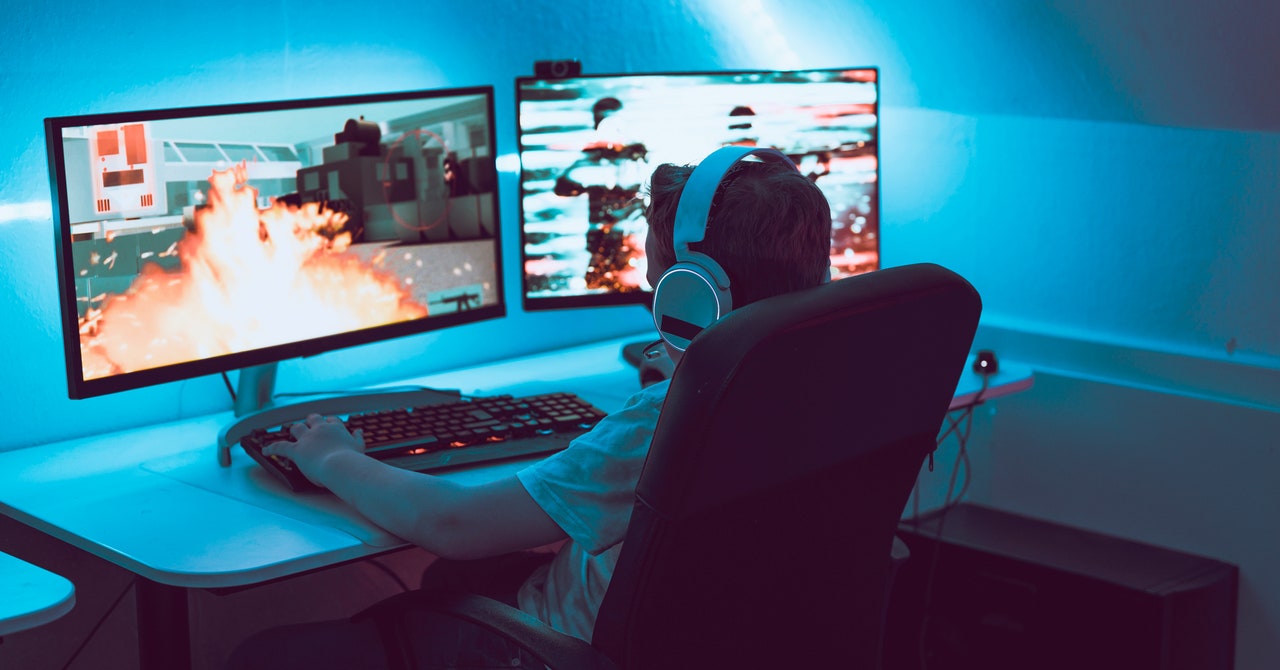I’m a tall, nerdy, white man in my late-20s who obsesses over tube mics and Japanese-made Les Paul guitars, which means that even though I’ve never felt the need to start my own podcast or livestream, I totally thought I knew how to do it.
It turns out in the years I’ve been outfitting my home recording studio with outboard preamps, compressors, and expensive, XLR-based microphones, companies have spent a ton of research dollars making equipment cheaper and smaller for the masses, with pretty incredible results. I’ve been investigating this more affordable frontier of digital recording and streaming gear, and the takeaway is that it’s easier than ever to produce fantastic-sounding and gorgeous-looking content without spending a ton of cash. Whether you’ve been thinking about starting a podcast or sharing your epic Mario speedruns with the masses, here’s the gear you’ll need to share your story.
Be sure to check out our many other guides, such as the Best Gear for Learning Music guide, and our Work From Home Gear recommendations.
If you buy something using links in our stories, we may earn a commission. This helps support our journalism. Learn more. Please also consider subscribing to WIRED.
Before You Start
We recommend a lot of gear below, but before you start buying, you should really think hard about what it is you want to record or livestream. Brainstorm podcast ideas! Block out stories! Think of ways to make your livestreams different from what’s out there already. Whether it’s just a hobby or you’re serious about making this a business, good content is always going to be more important than the gear.
You’ll Want a Good Computer
While it is increasingly possible to record podcasts or stream live video and audio on smartphones, it’s often quicker, easier, and generally more professional to create and stream content on a personal computer. The good news is that it doesn’t really matter if you have a PC or Mac, and the vast majority of modern computers are more than fast enough for the tasks at hand.
However, if you’re planning to livestream videogames, you will want a powerful computer that allows you to both play the game and run your streaming software. If you plan to record or edit video, you’ll also want a speedy computer for rendering.
Here are our favorite gaming PCs right now, all of which are up to the task. If you want a MacBook, check out our guide that breaks down which is right for you. Consider also building your own PC—it requires a little more work, but you’ll get the best bang for your buck. But if you’re only doing audio recording and processing, any one of our favorite laptops (or really any modern computer) will do.
Audio Gear You’ll Need
Audio is the most important component. Here’s what you’ll need to make sure your podcast or stream sounds the best, from microphones to good headphones.
A USB Microphone
Most built-in mics on headphones, phones, and laptops do the job for calls and Zoom meetings, but they’re not quite as great-sounding as you probably want your podcast stories or streams to be. The easiest way to upgrade your audio is to snag a USB microphone. These mics plug straight into your computer and allow you to record audio in surprisingly high fidelity given their ease-of-setup.
There are many good ones, but also a sea of weird, off-brand models on retailers like Amazon. Steer clear of those. My favorites of the models I’ve tested come from Blue and JLab Audio. Entry-level mics like the Blue Snowball ($70) and JLab Talk Go ($49) are good beginner options.
You can also approach real studio-quality sound if you spring for higher-end models like the Blue Yeti X ($170) or the Jlab Talk Pro ($149).
An Audio Interface
If you’ve got multiple people you’re looking to record or stream at once, you’ll want to buy what is known as an audio interface. These are external audio cards that plug into a computer via a USB or Thunderbolt port and allow you to use traditional non-USB microphones. They also typically have headphone jacks, so you can listen as you record.
Audio interfaces start at about $100 for a single channel one (with a single input for a microphone or instrument cable) and can cost several thousand dollars for models with dozens of inputs and other advanced features. You don’t need a super fancy one! My pick for most people is the Focusrite Scarlett 2i2 ($160). It’s got two

